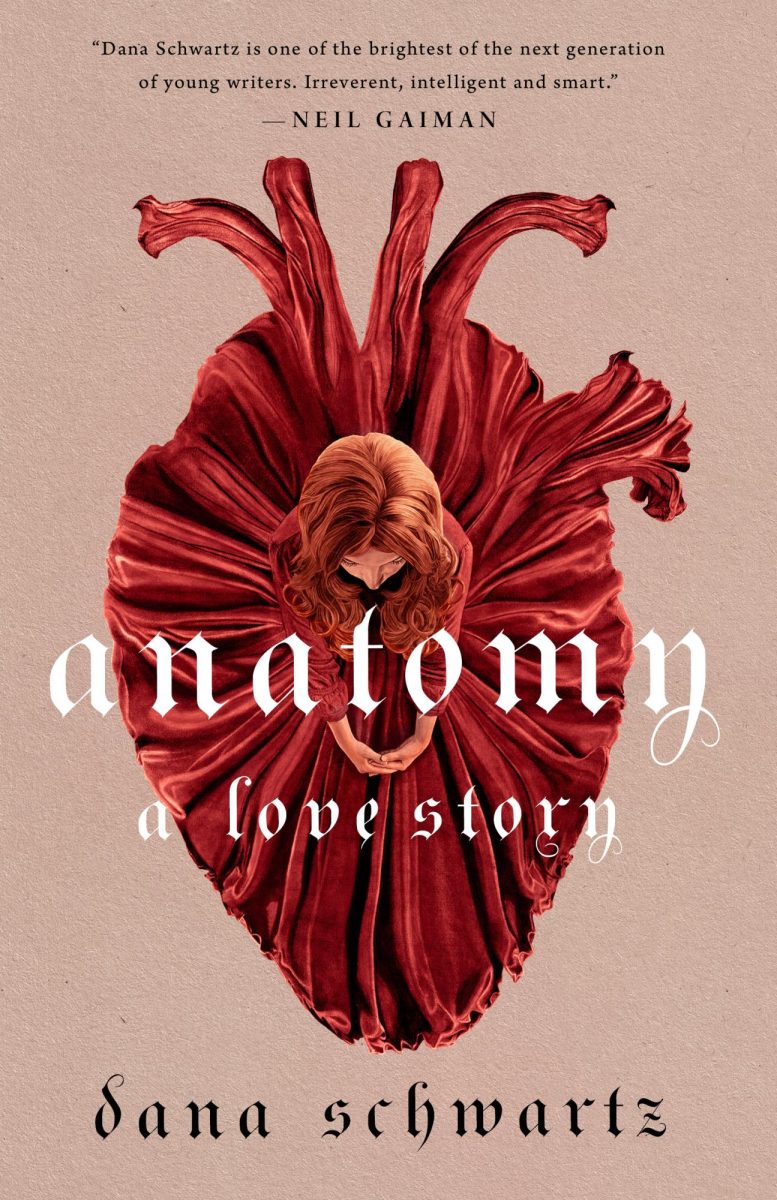Imagine, for a moment, that you are trapped in an ever-tightening spiral that you can not escape, and that tightens its grip on you whenever you try to escape it. As horrifying as the prospect may be, it is the reality of Aza Holmes, the main character of Turtles All the Way Down. The book covers Aza coping with her OCD, anxiety, and seemingly inescapable thought spirals that seem to lurch their way into every aspect of Aza’s being, along with providing an engaging B plot about Aza trying to uncover the whereabouts of a famous billionaire with a substantial reward for anyone who possesses information. With the book’s movie adaptation releasing this May, it has been brought back into the public consciousness, begging the question of whether it is good or not.
The best part of the book is how it depicts Aza’s struggles with mental health. The book opens with Aza having a thought spiral about the bacteria C. diff, which she worries about for the entirety of the book. It gets so bad that she resorts to drinking hand sanitizer to kill her bacteria. It is incredibly raw seeing how her thought spirals inhibit every part of her life, from her being unable to kiss because she worries about the bacterial transfer, to her neglecting her own best friend, too preoccupied with thought spirals. One of the best lines in the book, which perfectly illustrates her struggles, is uttered at the end of chapter eight: “I think and I think and I think.” Part of what makes this book, and John Green’s books in general, so good, is how they perfectly get you into the heads of these deeply troubled characters, and this one is certainly no exception.
Aza’s love interest, Davis, is one of the best aspects of the book. One of the book’s main plots centers around Davis’ father going missing and Aza and her best friend Daisy attempting to uncover his whereabouts to get the reward from the police. This creates an incredibly compelling conflict of interest with Davis, who worries about what will happen if his father is discovered. Despite this, though, their romance still manages to develop and flourish, as they can connect over having both lost their important parental figures when they were young, Aza having lost her father and Davis having lost his mother. The drama surrounding Davis’ younger brother, Noah, is also incredibly compelling and tragic. Having not known his mother for very long, it is logical that he would be utterly destroyed by his father going on the run and leaving him, making for some of the most devastating parts of the book.
The conclusion of Davis and Aza’s relationship is also amazing. Throughout their time together, Aza’s fear of bacterial transference prevents her from kissing him, which is why she ultimately breaks up with him. It is an incredible conclusion for the two, that, while inevitable, still hurts your heart to think about. Ultimately, the book ends with Aza’s narration from the future stating how she would ultimately be able to have a relationship and live through her troubles, which may be the most emotionally powerful aspect of the book. The knowledge that, even if things seem bleak for Aza in the present, they will eventually get better, is the perfect example of a modern John Green hopeful message to end the book.
Another thing that I love about this book is Aza’s relationship with Daisy. In the very first scene of the book, it is established that Aza often neglects to talk with her friends, being essentially trapped inside her mind. This has the consequence of Daisy feeling incredibly spiteful towards Aza, not helped by Daisy’s unfortunate financial status, which she believes Aza cannot understand or empathize with. Their conflict truly escalates when Aza discovers an annoying character based on her in Daisy’s Star Wars fanfiction. This leads to Daisy venting her frustrations in the car with Aza driving, prompting Aza to defend herself. It is a situation in which you can so easily see both sides of the argument, but it nevertheless escalates to the point of being unreasonable. As she is distracted by her quarrel, Aza forgets that she is driving, causing her to crash.
After this comes the most anxiety-inducing part of the book, where Aza spends a prolonged portion of time in the hospital, trapped by her thoughts and only passing visitors to keep her company. Unfortunately for her, hospitals happen to be the place where most C. diff infections occur, magnifying the already fantastic insight into Aza’s thought spirals. Turtles All the Way Down is a modern classic that does something that I’ve never seen before. It provided one of the best depictions of mental illness in literary history while also coming packaged with John Green’s signature wit and existential quandaries. While I wouldn’t say it quite surpasses its predecessor, The Fault In Our Stars, it still manages to come close and deliver one of the most emotional, intelligent, and phenomenal stories of modern literature.











